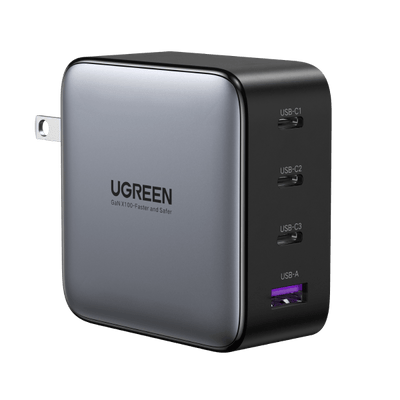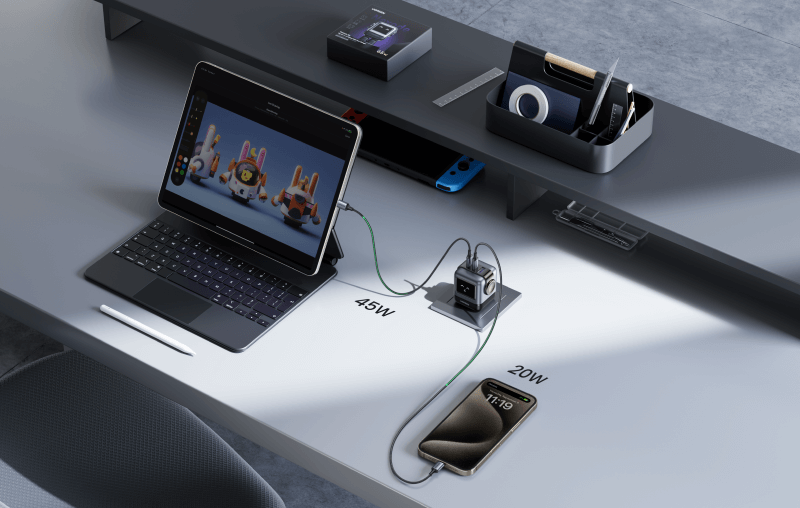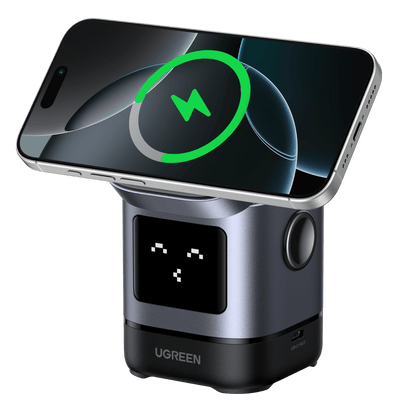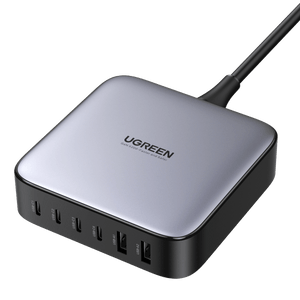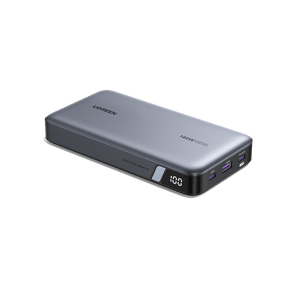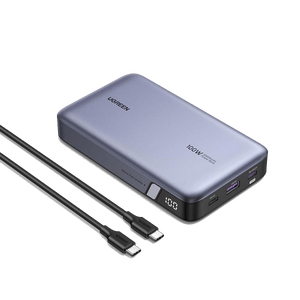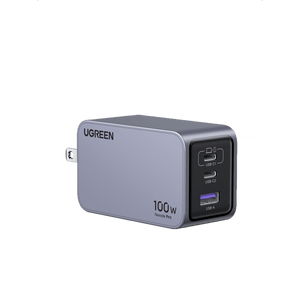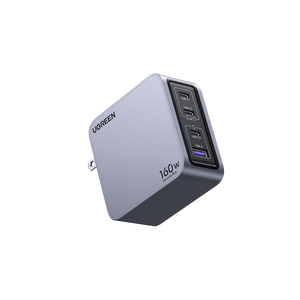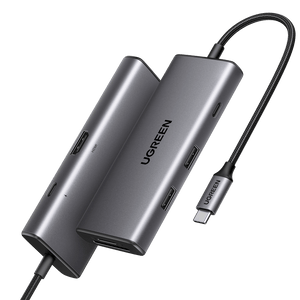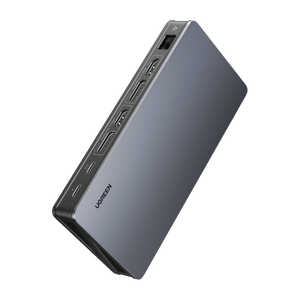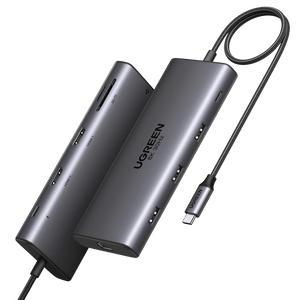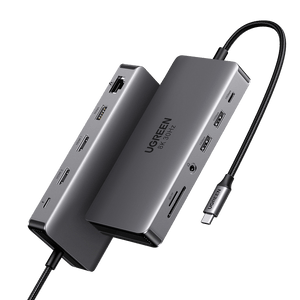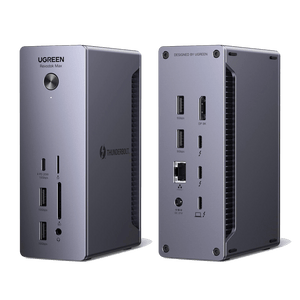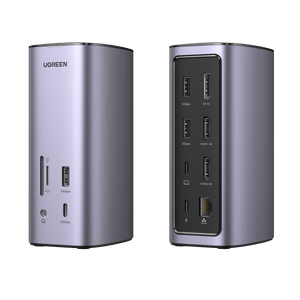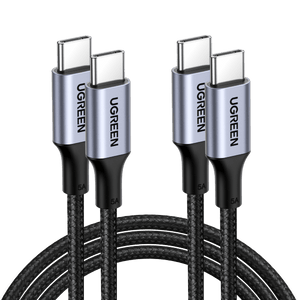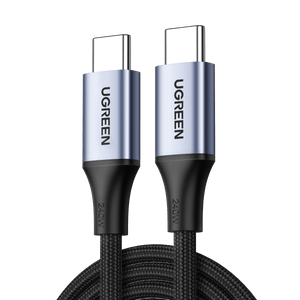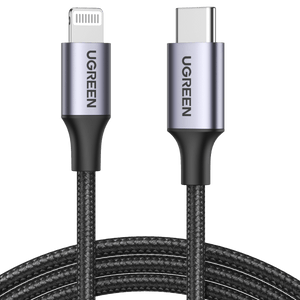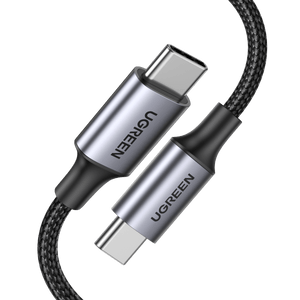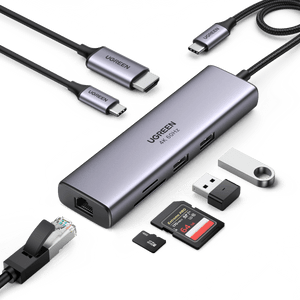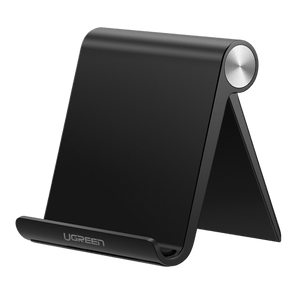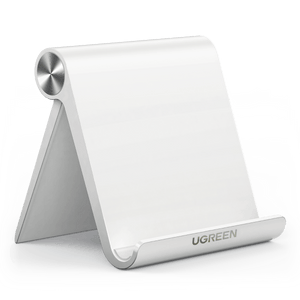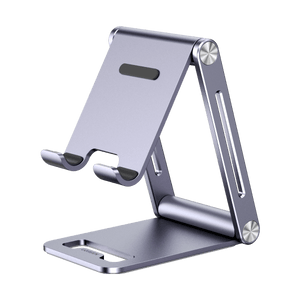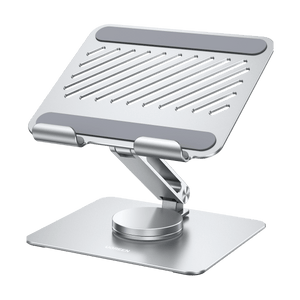Wireless vs Wired Charging: Which is Best For You
In a world where smartphones have become our lifelines, the way we power them matters more than ever. Gone are the days of simple plug-and-charge solutions – today’s users navigate the choice between wireless charging’s elegant simplicity and traditional wired charging’s reliable performance. Whether you’re setting up a home office, optimizing your nightstand, or streamlining your daily routine, understanding these charging methods can transform your device experience. Let’s explore this fascinating technological evolution and find your perfect charging match.

Key Takeaways
- Wireless charging offers you hassle-free convenience: You can simply drop your device on a pad and charge without fussing with cables—ideal for your desk or nightstand, keeping things tidy and effortless.
- Wired charging excels in speed and efficiency: When you need a quick boost (like 0 to 55% in 30 minutes for an iPhone 14 Pro Max), the direct connection delivers unmatched performance and saves on electricity with nearly 95% efficiency.
- Your device’s longevity depends on the method: Wireless charging spares your charging port from wear, while constant plugging and unplugging with wired charging can degrade ports and cables over time—quality cables help, but the risk remains.
- Emerging 100W wireless charging is exciting yet limited: Tech like the HONOR Magic4 Pro promises fast charging (50% in 15 minutes), but real-world performance drops quickly, and efficiency suffers from heat and transmission losses.
- Your ideal solution hinges on what you value most: If you prioritize elegance and ease, go wireless; if speed and reliability top your list, stick with wired—many blend both for the ultimate flexibility tailored to your day.
Understanding Wireless Charging
At its heart, wireless charging harnesses the principle of electromagnetic induction – a phenomenon first discovered by Michael Faraday nearly two centuries ago. When electrical current flows through a coil of wire, it generates an invisible magnetic field. This field, though imperceptible to human senses, carries enough energy to power your devices through the air.
The Qi standard has become the dominant force in wireless charging, backed by major manufacturers worldwide. From Apple to Samsung, most flagship phones now embrace this universal protocol. However, some brands incorporate proprietary enhancements while maintaining basic Qi compatibility. For instance:
- Apple devices support Qi but add their own MagSafe technology.
- Samsung offers faster charging speeds on their branded wireless chargers.
- OnePlus combines Qi with their proprietary Warp Charge wireless standard.
Understanding Wired Charging
Wired charging operates on a remarkably straightforward principle: direct electrical connection. When you plug in your device, electricity flows directly from the power source to your battery through metal connectors, ensuring minimal power loss. This direct connection has made USB (Universal Serial Bus) the global standard for device charging, transforming how we power our digital lives.
What sets wired charging apart is its unmatched efficiency in power delivery. Through physical connections, your device receives a consistent, stable flow of electricity – essential for rapid charging and optimal battery health. Modern charging technologies have evolved significantly, introducing various connector types:
- USB-C: The newest standard, capable of delivering up to 240W of power
- Lightning: Apple’s proprietary connector, known for its reversible design
- Micro-USB: The legacy standard, still common in older devices and accessories

Wireless vs Wired Charging: A Comprehensive Comparison
When choosing between wireless and wired charging, understanding the strengths and limitations of each method becomes crucial for making an informed decision.
Advantages of Wireless Charging
Wireless charging shines in its elegant simplicity. Simply place your device on a charging pad:
- Effortless one-handed charging
- No port alignment required
- Perfect for power-ups during work
Device Longevity
Absence of physical connections means less wear and tear on your device’s charging port, potentially extending its lifespan. This becomes particularly valuable for devices used daily. Click to shop Wireless Charger for iPhone.
{{UGPRODUCT}}
Limitations of Wireless Charging
As appealing as wireless charging is, the drawbacks are obvious:
- Charging speeds typically lag behind wired solutions
- Power transfer efficiency hovers around 50-75%
- Heat generation can slow charging further
- Requires precise positioning of the device on the charging plate
Power of Wired Charging
- Fast charging capabilities ,30W Charging: 0 to 55% in just 30minutes for the iPhone 14 Pro Max.
- Nearly 95% power transfer efficiency
- Consistent charging speeds regardless of device position
- Lower initial investment for charging equipment
- Reduced electricity costs due to higher efficiency
- Widely available charging accessories
Click to shop iphone charger.
{{UGPRODUCT}}
Drawbacks of Wired Charging
- Physical Wear:Regular plugging and unplugging can deteriorate both cables and device ports over time. Quality cables help mitigate this issue but don’t eliminate it entirely.
- Cable Management:The perpetual battle with tangled cables and cord organization remains a daily challenge. Multiple devices often mean multiple cables, leading to: Desk clutter and Cable confusion.
Emerging Trends: 100W Wireless Charging
Wireless charging technology has ushered in a major breakthrough, and has now realized 100W charging power. HONOR Magic4 Pro as a representative of the high-end smart phones first equipped with this technology, theoretically can be charged to 50% power for the phone in 15 minutes, industrial application scenarios, the efficiency can even reach more than 93%.
However, in practice, 100W wireless charging still faces some limitations. Tests show that the peak 100W power can only be maintained for about 30 seconds, and most of the charging process is below 50W. Due to transmission losses, the 100W wireless charger requires a 135W power adapter, and the actual power reaching the device is about 20% lower than the rated power. Currently, this technology is mainly used in high-end smartphones and charging accessories, limited by thermal management and efficiency issues, has not yet achieved widespread popularity.
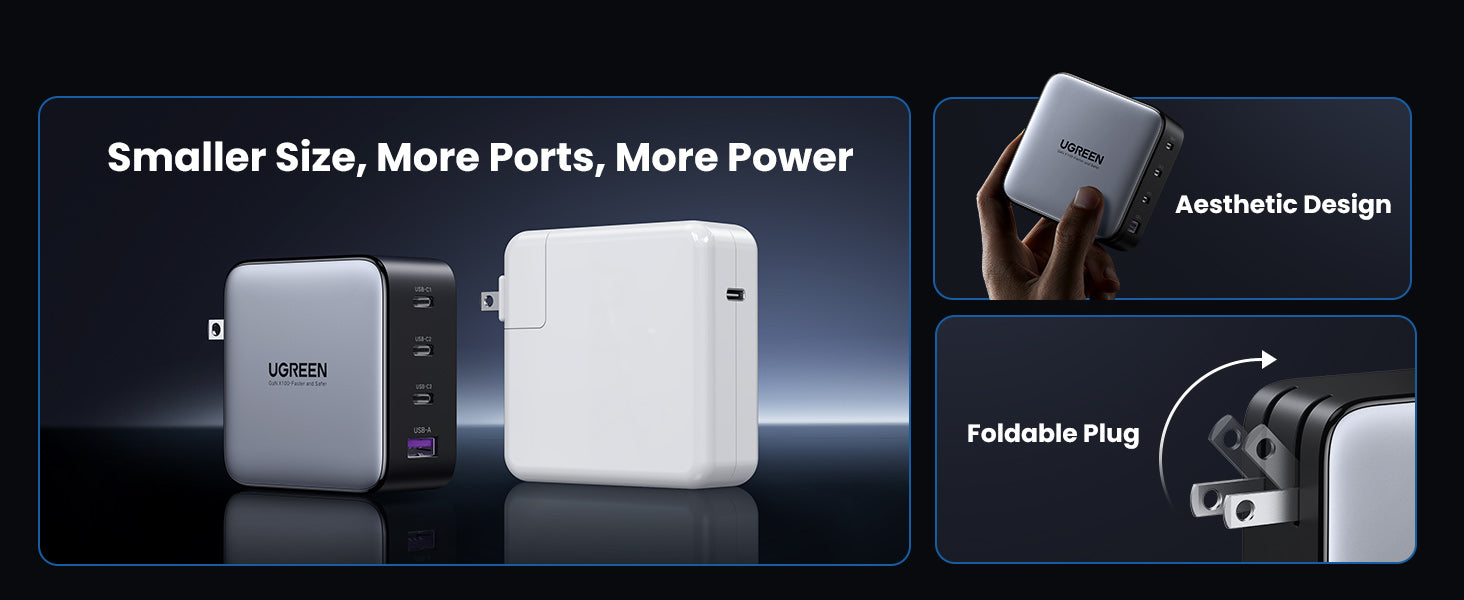
Finding Your Perfect Charging Solution
The debate between wireless and wired charging isn’t about crowning a universal winner – it’s about finding what works best for your unique situation. If convenience and aesthetics top your list, wireless charging offers an elegant solution. However, for those prioritizing charging speed and efficiency, wired charging remains the superior choice. Many users find that a hybrid approach – using both methods depending on the situation – provides the best of both worlds.
FAQ on wired and wireless charging
Q1: Can wireless charging damage my phone’s battery?
Modern wireless chargers include safety features that prevent overcharging and monitor temperature. However, the additional heat generated during wireless charging could potentially impact battery longevity over time.
Q2: What affects wireless charging efficiency?
- Device placement on the charging pad
- Distance between transmitter and receiver coils
- Environmental temperature
- Phone case thickness
Q3: Do phone cases interfere with wireless charging?
Most standard phone cases don’t interfere with wireless charging, but very thick cases or those with metal components can reduce charging efficiency or prevent charging entirely.
Q4: Does wireless charging consume more electricity than wired charging?
Yes, wireless charging typically consumes about 39-80% more energy than wired charging due to power loss during transmission, which varies depending on proper alignment and charging conditions.
